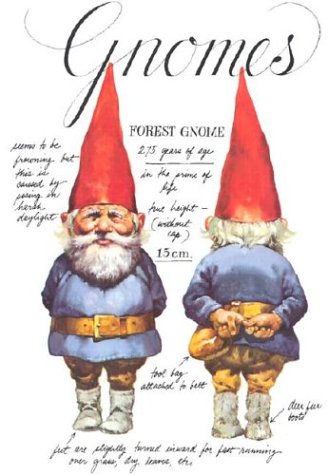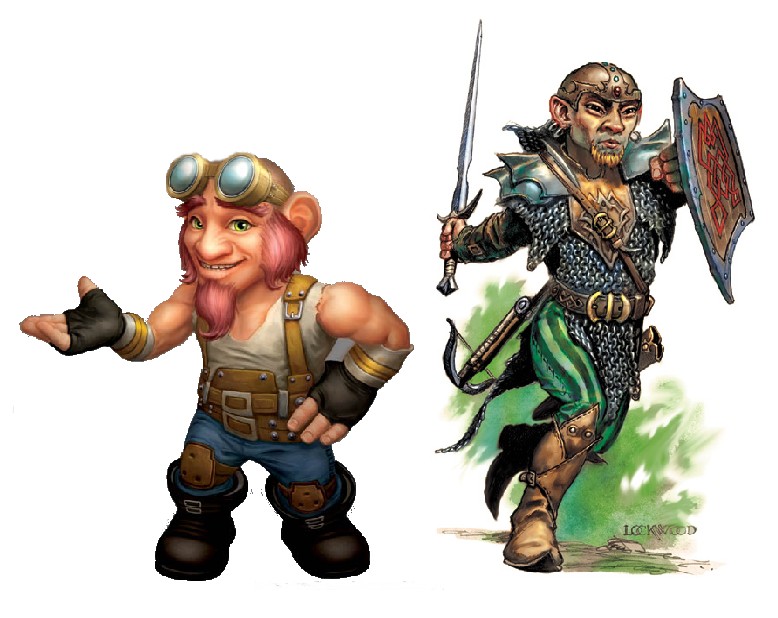Something that came to my mind when replying to another thread about how D&D fantasy tends to get some mythological concepts of various fantasy species a little wrong, the gnome really stuck out to me. Mostly because the last few editions that came out the gnome seems to be a little extra removed from the historical/folklore roots than most of the other species.
Dwarves despite the changes are still underground bearded guys that love to forge things. Elves are still nature affinity magic people that are considered better looking than humans on most occasions. But Gnomes in folklore generally have a lot of description, lots of books dedicated to them and tons of imagery and recreations in the western world.

Instead in games and modern fantasy they are usually clean shaven, about 3.5-4 foot tall mechanics and machine builders with weird and often fluorescent colored hair.


How did they go from relatively small slightly more magical bearded dwarf types to these? Or was it because of some need to create a larger difference from dwarves in the first place?
Dwarves despite the changes are still underground bearded guys that love to forge things. Elves are still nature affinity magic people that are considered better looking than humans on most occasions. But Gnomes in folklore generally have a lot of description, lots of books dedicated to them and tons of imagery and recreations in the western world.

Instead in games and modern fantasy they are usually clean shaven, about 3.5-4 foot tall mechanics and machine builders with weird and often fluorescent colored hair.


How did they go from relatively small slightly more magical bearded dwarf types to these? Or was it because of some need to create a larger difference from dwarves in the first place?